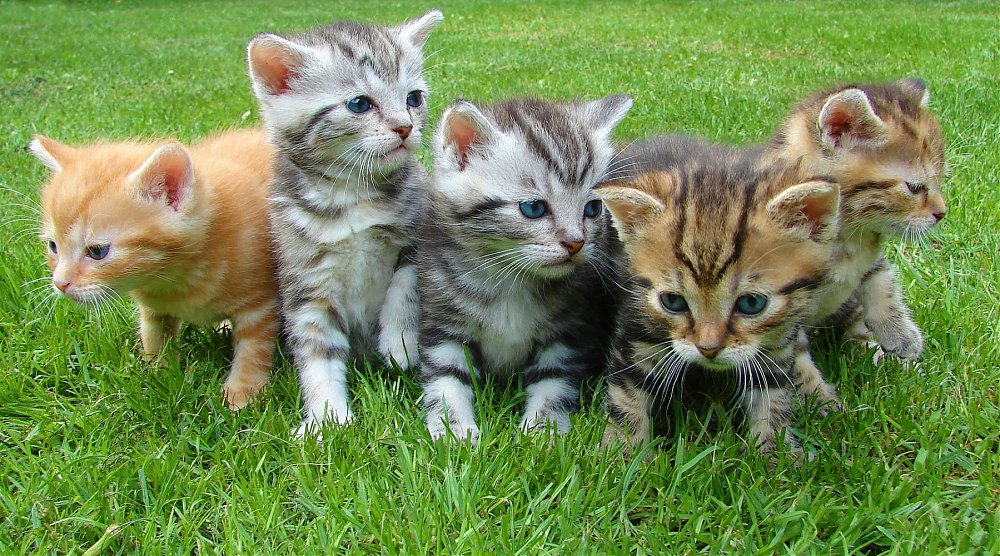
TOP 5 Genetic diseases in cats
FLUTD
FLUTD is a term used for lower urinary tract diseases, which is the most common feline hereditary disease.
Predisposed breeds include Persian cat, less often Siamese. Typical symptoms include haematuria (occurrence of blood in the urine), dysuria (decreased urination), pollakiuria (repeated urination at short intervals) and urinary tract obstruction. The disease is caused by a wide range of causes through inflammatory, trauma and behavioral disorders. In some cases, the possibility of this disease can be minimized by various veterinary diets, by means of relieving stress and by enriching the environment in which the cat lives with various scratches and toys.
DIABETES MELLITUS
As in humans, diabetes occurs in cats. The disease is very well controlled by insulin injections and a suitable diet. There is an increased incidence in Birmese, Siamese, Norwegian forest, Blue Russian and Abyssinian cats. Obesity is a predisposing factor. The main symptoms are increased drinking and urination, weight loss despite increased appetite.
LYMPHOCYTARIC OR PLASMATIC INFLAMMATION
It is most common in cats such as gingivostomatitis (so-called gingivitis and oral cavity) or IBD (inflammation of the bowel). Intestinal disease is predisposed Siamese cats and other Asian breeds of cats. For the treatment of both diseases, it is important to reduce environmental stress, dietary change, anti-inflammatory or immunoregulatory drugs. In some cases of gingivostomatitis it is necessary to undergo extraction of all teeth.
POLYCYSTIC DISEASE OF THE FAMILY
Most commonly found in Persian, Himalayan and British Shorthair cats. Kidney failure occurs at age 7 (range 4-10). The treatment consists mainly in support of kidney activity and a sparing diet.
Top 5 Closes Disease Called Hypertrophic Cardiomyopathy (HCM)
It is more common in Maine Coon cats and Ragdols. Cats with this congenital disease may suddenly die from heart failure at the age of 6 months to 7 years. Breeding cats should be tested for the presence of this genetic disease. Most cats with clinical signs of HCM are emergencies. They show dyspnoea (shortness of breath), cold hind legs. Treatment of this disease includes control of heart failure. Sphynx cats can develop the disease on average in their second year of life. HCM has also been documented in Persian, Norwegian Forest, Bengal and Birmese cats.
Cats that suffer from genetic diseases should not be used for breeding as the percentage of transmission of these diseases to cats is very high.
